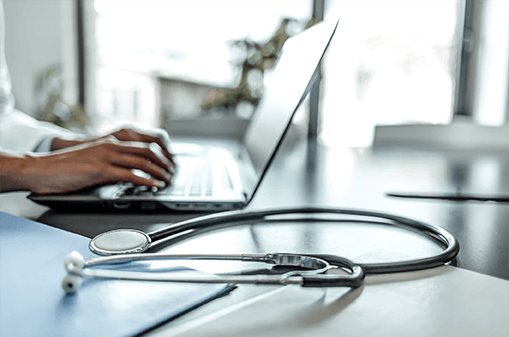Coccydynia - Tailbone Pain
Introduction
Coccydynia is an uncommon painful condition that originates from the coccyx, the tailbone at the end of the spine. Trauma and falls are the most frequent causes of coccydynia. In the vast majority of cases, nonsurgical treatment, such as medications and physical therapy work well to ease symptoms.
Anatomy
The coccyx bones align in a curve like a small tail. Some of the coccyx bones may be fused together. However, fewer than 10% of people have a completely fused coccyx.
Muscles, ligaments, and tendons attach to the coccyx. It plays a role in weight bearing when seated.
Causes
Symptoms
Diagnosis
Treatment
For persistent or severe pain, your doctor may prescribe pain medications. Local medication injections are used to place numbing and anti-inflammatory medications near the source (joint or bursa) of the pain. Nerve blocks are used to interrupt a nerve’s ability to transmit pain signals.
Your doctor may gently move (manipulate) the coccyx after you receive a pain relieving injection. You may be referred to physical therapy for gentle stretching. Ultrasound therapy may be used, which soothes pain with warmth.
If treatments fail to relieve symptoms, surgery may be used to remove a portion of the coccyx (coccygectomy). The short outpatient surgery is successful for relieving symptoms for most people. However, surgery is very rarely used.

Copyright © - iHealthSpot Interactive - www.iHealthSpot.com
This information is intended for educational and informational purposes only. It should not be used in place of an individual consultation or examination or replace the advice of your health care professional and should not be relied upon to determine diagnosis or course of treatment.
The iHealthSpot patient education library was written collaboratively by the iHealthSpot editorial team which includes Senior Medical Authors Dr. Mary Car-Blanchard, OTD/OTR/L and Valerie K. Clark, and the following editorial advisors: Steve Meadows, MD, Ernie F. Soto, DDS, Ronald J. Glatzer, MD, Jonathan Rosenberg, MD, Christopher M. Nolte, MD, David Applebaum, MD, Jonathan M. Tarrash, MD, and Paula Soto, RN/BSN. This content complies with the HONcode standard for trustworthy health information. The library commenced development on September 1, 2005 with the latest update/addition on February 16, 2022. For information on iHealthSpot’s other services including medical website design, visit www.iHealthSpot.com.



